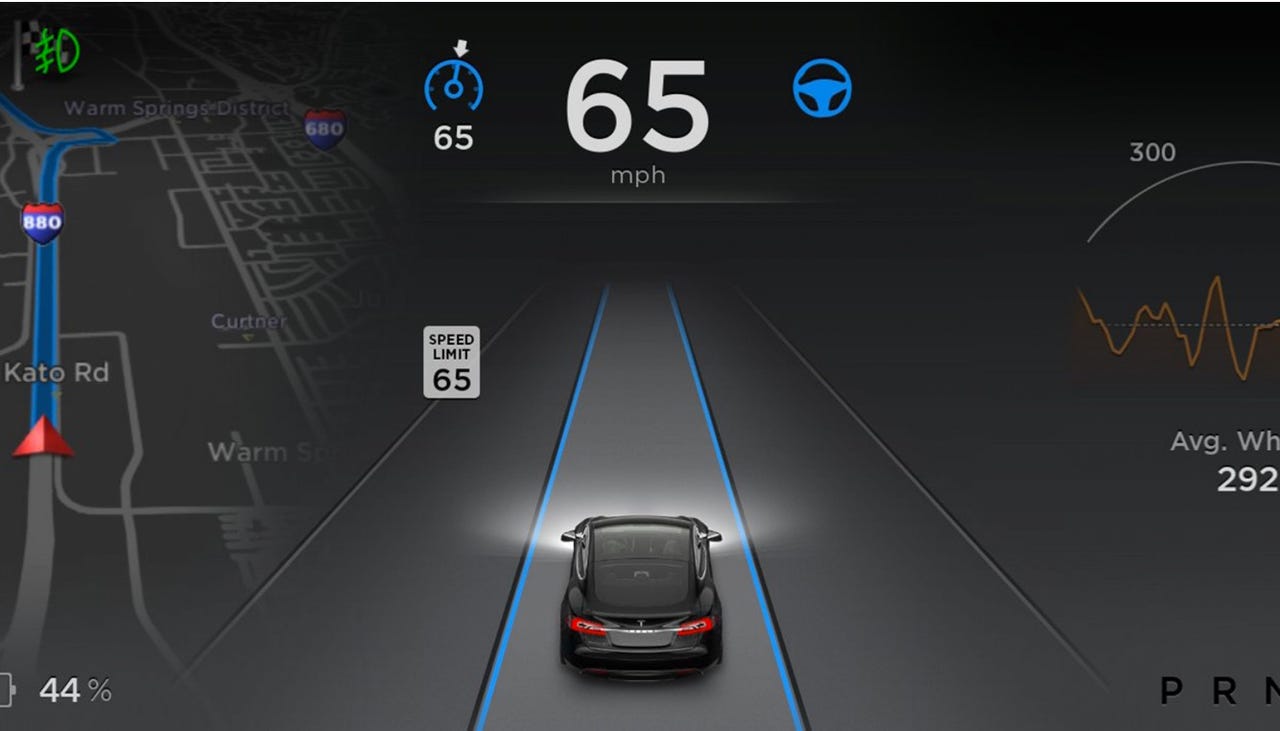Volvo engineer blasts Tesla Autopilot as 'wannabe' tech


Tesla's Autopilot: True self-driving tech?
Is Tesla's Autopilot autonomous driving technology worth the hype? One engineer does not believe so, calling it no more than a "wannabe."
Tesla's Autopilot is one of the most advanced self-driving technologies available on the market today. The technology, found in beta in Tesla's latest flagship cars, uses a camera, radar, ultrasonics and GPS to sense the vehicle's environment and steer or change lanes, maintain a constant speed and control motors, brakes, and steering -- allowing drivers to take their hands off the wheel in the right conditions.
In a recent interview with the Verge, senior technical leader of crash avoidance at Volvo Trent Victor dismissed Tesla's technology as not being truly self-driving, implying the fanfare around the system is not necessarily warranted.
The comments stem from the ranking of autonomous car technology. In 2013, the US Department of Transportation's National Highway Traffic Safety Administration (NHTSA) released guidelines on how autonomous tech should be ranked, based on levels 0 - 4.
The agency rates driving technologies as below:
- 0. No-Automation: The driver is in complete and sole control at all times.
- 1. Function-specific: Automation at this level covers one or more specific control function, such as brake assistance.
- 2. Combined Function: The automation of at least two primary control functions, such as cruise control in combination with lane centering.
- 3. Limited Self-Driving : Drivers cede full control of a car's safety-critical functions under certain traffic or environmental conditions, and the driver relies heavily on the vehicle to monitor for changes in those conditions which bring control back to the driver. An example of a level three car is Google's autonomous vehicle.
- 4. Full Self-Driving: The vehicle is designed to perform all safety-critical driving functions and monitor roadway conditions for an entire trip, with a driver just providing destination or navigation input.
Tesla says that Autopilot is Level 2 autonomous, and some industry players, such as Ford CEO Mark Fields, believe Tesla Autopilot could be considered a level three as the system takes over "safety-critical functions."
For example, drivers using Autopilot can take their hands off the wheel when driving down a highway for long periods of time.
However, Victor believes otherwise.
"It gives you the impression that it's doing more than it is," Victor said. "[Autopilot] is more of an unsupervised wannabe."
The difference is rooted in both Tesla's and Volvo's perception of the different levels. In theory, Tesla's autopilot will let drivers take their hands off the wheel but in emergency situations, control is handed back immediately -- which can be disastrous if a driver is not fully engaged with their environment and is not supervising the car.
If this is level two, Volvo is focused on building the level 4 Drive Me autonomous car, which could be the safer solution. Rather than holding its hands up and giving full responsibility to the driver, a level four autonomous vehicle would not need any driver assistance at all -- and this, in turn, creates distinction for potential liability claims.
"It's important for us as a company, our position on autonomous driving, is to keep it quite different so you know when you're in semi-autonomous and know when you're in unsupervised autonomous," Victor says.
Volvo has pledged to take full responsibility for any future collisions caused by level four autonomous vehicles, underpinning the automaker's dedication to safety first.
Few would deny Tesla's Autopilot is impressive. But perhaps the true issue, beyond squabbles about which level the technology should be ranked at, is making sure drivers understand the distinction between driver assistance technology and true automaton.
If this line is not clarified in future vehicles, then liability, responsibility, and safety may all be compromised.
How to protect your connected home and Internet of Things devices
Read on: Top picks